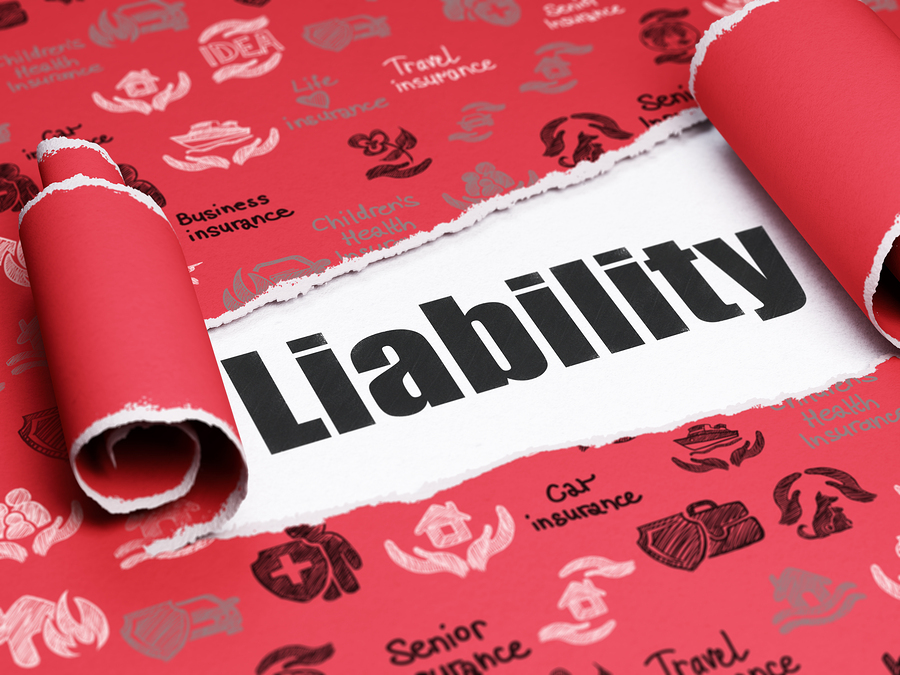How Liability Is Determined In Florida And Beyond
 Michael Babboni
Premises Liability
In the state of Florida, fault is one of the most important aspects to any personal injury case. Whether it’s in regards to a slip and fall injury, or injuries sustained in a motor vehicle accident, fault determines who can receive compensation after a loss. The determination of fault can also make a difference in how much money is awarded for injuries sustained.
Michael Babboni
Premises Liability
In the state of Florida, fault is one of the most important aspects to any personal injury case. Whether it’s in regards to a slip and fall injury, or injuries sustained in a motor vehicle accident, fault determines who can receive compensation after a loss. The determination of fault can also make a difference in how much money is awarded for injuries sustained.Percentage Of Liability
It’s not always easy to decide fault in a loss when liability falls in a gray area. Sometimes, multiple people can be held responsible for an incident. In some circumstances, even the injured party can be held partially responsible. The term comparative negligence means that it is possible for more than one party to be at fault when injuries occur as a result of an accident or incident.
Since 1973, Florida has been known as one of the 12 states that fall under a comparative fault system. This means that whatever the amount someone is found negligent in an incident, the recovered compensation will be limited by that amount.
For example, if you are involved in an auto accident with another party, and it was determined that you were 20 percent negligent in the accident, your recovered damages will be deducted by 20 percent. Instead of receiving 100 percent of the amount awarded to you in your case, you will receive 80 percent.
The Way Things Used To Be
Before you begin to believe that this law seems unfair in regards to the rights of the injured party, you might want to know how things worked prior to its inception. Before 1973, if you were found even slightly at fault in an accident, you would not be entitled to any compensation whatsoever.
Let’s say that person A was driving through an intersection when they were t-boned by person B, who ran a red light. Later, it was determined that Person A was going 5 miles above the speed limit. Under the old law, person A would be found partially to blame, and therefore not be entitled to any compensation for injuries, even though person B blatantly ran a red light.
The Way Things Still Are
There are still 4 states (Virginia, Maryland, North Carolina, Alabama), plus the District of Columbia, that follow a pure contributory negligence rule. This means that injured parties may not collect damages if they are as little as one percent at fault. If you were walking down the sidewalk in one of these states and fell into an open manhole, you would be held partially at fault because you should have seen that the manhole cover had been removed.
There are 10 states that use a modified comparative fault system where each party is held responsible for their own percentage of the incident. If the injured party’s percentage of fault reaches 50 percent or more, they cannot recover for damages. Damages may still be awarded at 49 percent negligence. 23 states follow this same rule, but set the bar at 51 percent. Damages may still be awarded at 50 percent negligence or less.
South Dakota follows a Slight/Gross comparative fault rule where there are no percentages. Compensation is awarded only if the plaintiff’s negligence is slight, and the defendant’s negligence is gross.
Establishing Fault and Negligence
When it comes to establishing who was at fault in an accident, there must be four elements of negligence:
• The party that caused your injury had a duty to not cause you harm.
• The party breached the duty by acting recklessly or negligently.
• Their breach (or negligence) caused your injuries.
• The injuries you sustained caused you damages such as medical bills, pain and suffering, or lost wages.
The following information can help provide evidence for your claim:
• An accident report providing details about what happened, who was at fault, and if any laws were broken.
• Medical records showing injuries you suffered and the treatment you received as a direct result of the accident.
• Witness statements providing information from those who saw the event as it unfolded.
• Photos and videos taken at the scene of the accident showing damages and injuries.
• Accident reconstruction that can determine exactly how the accident occurred.
No matter who or what caused the incident, the more information that can be gathered makes it easier or a jury or a moderator to determine negligence, percentages, and fault.
